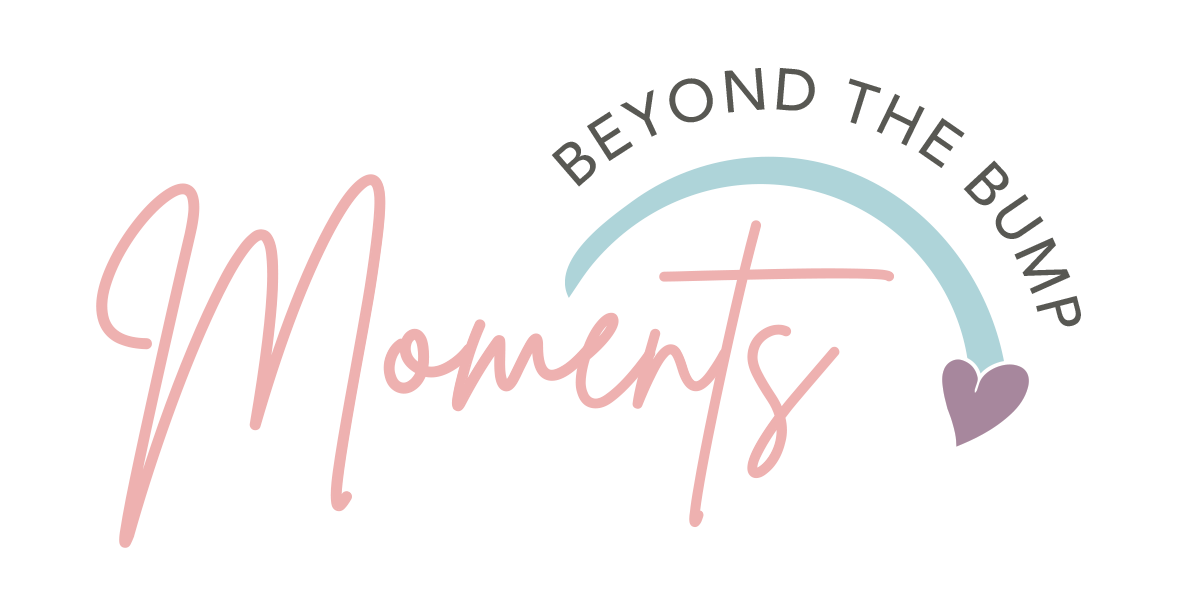Pacifiers and Sleep: Help or Hindrance?
Let’s start with a relatable analogy.
Imagine you’re lying in bed, comfortable and drifting off to sleep. Just as you’re about to doze off—someone yanks your pillow out from under your head. You jolt awake, find your pillow, settle back in—and then it happens again. And again. All night long.
It sounds frustrating, right? That’s essentially what’s happening when a baby falls asleep with a pacifier in their mouth but can’t replace it independently when it falls out. Every time they come to the surface between sleep cycles and the pacifier is gone, they wake up looking for it.
So, does this mean pacifiers are bad for sleep? Not necessarily. Like many tools, they can be incredibly helpful at one stage and incredibly disruptive at another. Let’s take a closer look at when pacifiers support sleep—and when they begin to undermine it.
When Pacifiers Are Helpful
Pacifiers can be a wonderful comfort tool in the newborn stage. Sucking is a reflex in the first few months of life and helps regulate a baby’s nervous system. For babies under 3–4 months old, pacifiers often:
Reduce fussiness and crying
Provide comfort during fussy periods
Help babies settle to sleep more easily
Lower the risk of SIDS when used during sleep
If your baby is under 4 months and the pacifier is working for you, there’s no need to stop using it. In fact, it can be a valuable part of your soothing routine.
When Pacifiers Become Disruptive
As babies grow, their sleep cycles mature. Around 4 to 6 months, they begin to connect sleep cycles more consciously—and this is when pacifier use during sleep can become tricky.
If your baby needs the pacifier to fall asleep but isn’t yet capable of replacing it on their own, it becomes a sleep association. That means your baby is relying on an external tool—rather than an internal skill—to fall asleep. And when they wake between sleep cycles, they won’t be able to settle without that tool being reinserted.
This usually leads to multiple night wakings where your baby is crying not out of hunger or discomfort—but simply because the pacifier is gone.
And who ends up playing “pacifier fetch” all night? You.
What Are Your Options?
If the pacifier is no longer supporting sleep, you have a few paths forward depending on your baby’s age and development.
1. Teach Self-Replacement (usually around 6 months and up)
Once your baby has developed the fine motor skills to find and replace the pacifier themselves, you can begin to teach them how to do just that. During the day, practice “find and plug” games—hand the pacifier to them, place it just beside them, and help guide their hand. At bedtime, place multiple pacifiers in the crib so there’s a better chance they’ll find one.
2. Remove the Pacifier for Sleep
If your baby is younger than 6 months and waking frequently for pacifier replacements, you may want to consider phasing it out for sleep altogether. This can feel daunting—but if you’re already up five times a night, it may be the shift that brings more consolidated rest.
3. Limit Pacifier Use to Daytime Only
Some families decide to use the pacifier for car rides, soothing during the day, or difficult transitions—but not during sleep. That’s completely valid, too. It’s not all or nothing.
The Takeaway
Pacifiers aren’t inherently bad for sleep. But if your baby needs one to fall asleep and can’t manage it independently, it’s worth considering whether the pacifier is still serving its purpose—or becoming the very thing that’s keeping everyone awake.
If you’re not sure which path is best for your baby or how to make the transition, you don’t have to navigate it alone. Helping families make sustainable changes that lead to better sleep is what I do best.
Ready for a night where everyone gets more rest—without the midnight pacifier hunt? Let’s talk.
